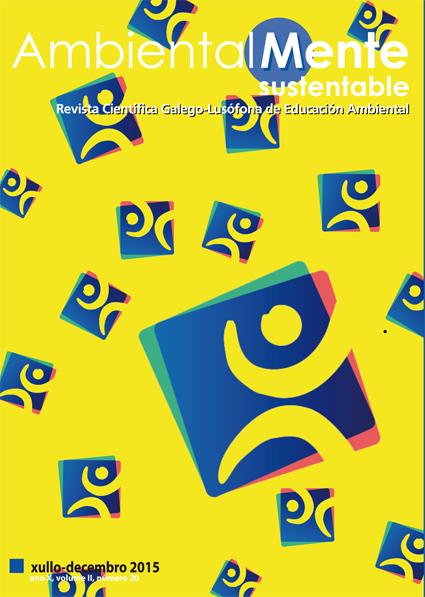The Importance of an environmental protection organization in the Southern Region of Brazil
Main Article Content
Abstract
This story discusses the actions of the San Borjense Association for the Protection of the Natural Environment, founded in 1987 in San Borja / RS / Brazil, which arose in the face of environmental degradation caused by the "Green Revolution" in the 60s and 70s. of environmental laws and plans in the municipality, in the implementation of the State Biological Reserve of San Donato, in representations with the Public Ministry to stagnate environmental impact actions and systematized the Sowing Project, whose actions were: Environmental education, implementation of a forest garden and a nursery of native seedlings. Environmental education activities consisted of workshops-lectures in the nursery nursery itself with students-multipliers, through the production of native seedlings, use of organic matter to obtain humus and conservation of biodiversity. Species such as pitangueira, canela- guaicá and iperoxo have been produced in the seedling nursery. The forest garden is characterized as an ecological corridor, where it has been enriched with native forest species. More than a thousand young people participated in the lecture-workshops; the distribution of native seedlings for arborization exceeded five thousand specimens; and the forest orchard has a higher biodiversity than the previous period of the area’s acquisition. ASPAN has become a benchmark in public regulation and environmental education in the region.
Keywords:
Downloads
Article Details
References
BRASIL (1988). Constituição da República Federativa do Brasil. Presidência da República. Disponível em: www.planalto.gov.br.
CARSON, Rachel (2002). Silent Spring, 378 pp. New York: Mariner Book Edition.
CORREIO DO POVO (1997). Aspan tenta salvar reserva biológica. Correio do Povo, pp. 18. Porto Alegre/RS. Disponível em: WWW.correiodopovo.com.br/jornal.
FEPAM, Fundação Estadual de Proteção Ambiental Henrique Luiz Roessler (2002-2015). Disponível em: WWW.fepam.rs.gov.br. Acesso em: Junho/2015.
HANSSON, Lars-Anders, BRONMARK, Christer, NILSSON, P. Anders, ABJÖRNSSON, Kajsa (2005). Confliting demands on wetland ecosystem services: nutrient retention, biodiversity or both?, Freshwater Biology, 50, 705-714.
HORLINGS, L.G., MARSDEN, T.K. (2011). Towards the real green revolution? Exploring the conceptual dimensions of a new ecological modernization of agriculture that could “feed the world”. Global Environmental Change, 21, 441-452.
MACHADO, Aline Maria Batista (2012). O percurso histórico das ONGs no Brasil: Perspectivas e desafios no campo da Educação Popular. IX Seminário Nacional de Estudos e Pesquisas “História, Sociedade e Educação no Brasil”. Universidade Federal da Paraíba, pp 3486-3502.
MANN, Charles (1997). Reseeding the Green Revolution. Science, Vol. 277, 1038-1043.
NATURE, (2008). Bellagio 1969: The Green revolution. Nature, Vol. 45, 470-471.
PEREIRA, Elenita Malta (2011). Um protetor da natureza: trajetória e memória de Henrique Luiz Roessler. Dissertação (Mestrado em História), Universidade Federal do Rio Grande do Sul. Porto Alegre, 2011.
PEREIRA, Elenita Malta (2012). Fim do futuro? O tempo no Manifesto Ecológico Brasileiro de José Lutzenberger. XI Encontro Estadual de História, Universidade Federal do Rio Grande (FURG), Rio Grande-RS- Brasil.
PEREIRA, Elenita Malta (2013). Roessler e o pioneirismo ambiental no Rio Grande do Sul. Revista do Instituto Humanitas Unisinos. 433, Ano XIII ISSN 1981-8769.
RIO GRANDE SO SUL (1975). Decreto n. 23.798/1975, Cria parques estaduais e reservas biológicas e dá outras providências. Disponível em: www.icmbio.gov.br



